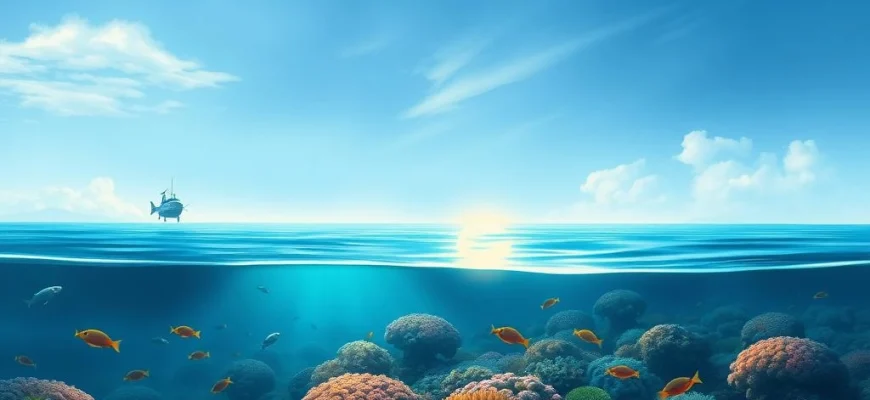If you were captivated by the breathtaking beauty and educational depth of 'Great Barrier Reef with David Attenborough' (2015), this article is for you. Dive into a curated list of 10 similar documentaries and shows that explore the wonders of marine life, nature's marvels, and the insightful storytelling that made this series a standout. Whether you're a nature enthusiast or simply love Attenborough's narration, these picks will keep you engaged and inspired.
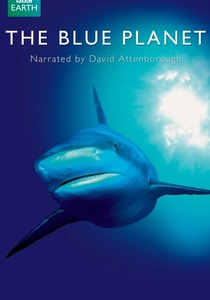
The Blue Planet (2001)
Description: This groundbreaking series delves into the mysteries of the world's oceans, revealing the incredible diversity of marine life and the challenges they face. It combines scientific insight with spectacular underwater cinematography.
Fact: It was the first comprehensive documentary series about the world's oceans. Some sequences required diving to depths of over 3,000 meters.
 Watch Now
Watch Now 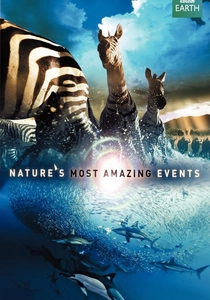
Nature's Great Events (2009)
Description: This series focuses on dramatic seasonal events that transform ecosystems and affect wildlife populations. It showcases the dynamic relationship between climate, geography, and animal behavior.
Fact: The team used aerial photography to capture the scale of events like the great migration. It features the first high-definition footage of narwhals in the wild.
 Watch Now
Watch Now 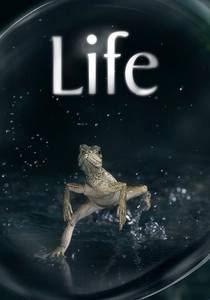
Life (2009)
Description: A visually stunning exploration of the diversity of life on Earth, highlighting the extraordinary behaviors and survival strategies of various species. The series emphasizes the interconnectedness of all living things.
Fact: The production team spent over 3,000 days in the field to capture the footage. It features some of the slowest motion sequences ever filmed in a nature documentary.
 Watch Now
Watch Now 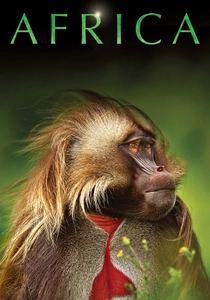
Africa (2013)
Description: This series captures the vast and varied landscapes of the African continent, along with its unique wildlife. It highlights both the beauty and harsh realities of life in different African ecosystems.
Fact: The crew used specialized camera traps to capture rare animal behaviors. It features the first-ever footage of desert lions hunting oryx at night.
 Watch Now
Watch Now 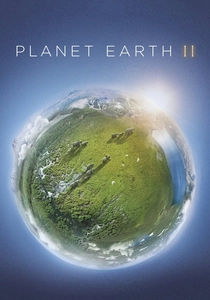
Planet Earth II (2016)
Description: This series showcases breathtaking natural landscapes and wildlife, focusing on the beauty and complexity of ecosystems around the world. It employs cutting-edge filming techniques to capture intimate moments in nature.
Fact: It was the first nature documentary filmed in ultra-high definition (4K). The series took over three years to film across 40 different countries.
 Watch Now
Watch Now 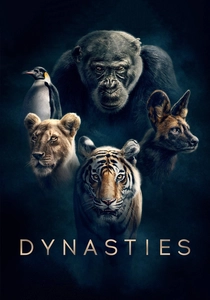
Dynasties (2018)
Description: Focusing on the lives of individual animal families, this series provides an intimate look at the struggles and triumphs of wildlife leaders. It blends dramatic storytelling with exceptional wildlife footage.
Fact: Each episode follows a different animal dynasty over several years. The chimpanzee episode was filmed over two years in Senegal.
 Watch Now
Watch Now 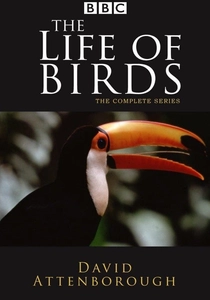
The Life of Birds (1998)
Description: This comprehensive series explores the fascinating world of birds, their behaviors, and their evolutionary adaptations. It combines scientific research with intimate wildlife footage.
Fact: The production took three years to film across 42 countries. It features slow-motion footage of hummingbirds that took six months to capture.
 Watch Now
Watch Now 
Wild China (2008)
Description: A visually stunning journey through China's diverse landscapes and wildlife, revealing little-known ecosystems and rare species. It blends cultural insights with natural history.
Fact: The production team traveled over 500,000 kilometers to film across China. It features the first footage of wild snow leopards hunting in the Himalayas.
 Watch Now
Watch Now 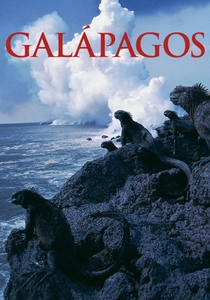
Galapagos (2006)
Description: Exploring the unique biodiversity of the Galapagos Islands, this series reveals how isolation has led to extraordinary evolutionary adaptations. It combines natural history with geological insights.
Fact: The production used high-definition cameras to capture the islands' wildlife in unprecedented detail. It features rare footage of marine iguanas feeding underwater.
 Watch Now
Watch Now 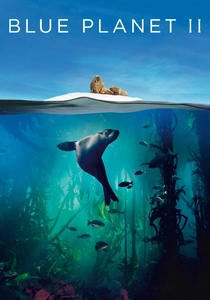
Blue Planet II (2017)
Description: A sequel that delves even deeper into marine ecosystems, revealing new discoveries and previously unfilmed behaviors. It uses innovative technology to explore the ocean's most remote corners.
Fact: The crew made over 1,000 dives during production, including to the deepest point ever filmed for television. It captured the first footage of tool use by fish.
 30 Days Free
30 Days Free 
